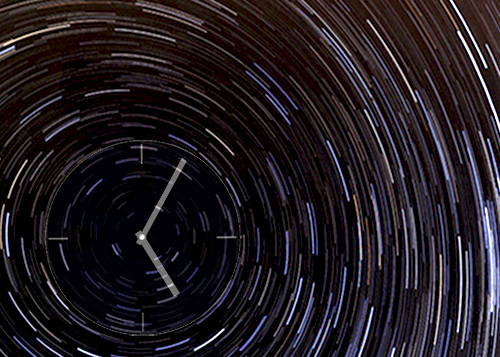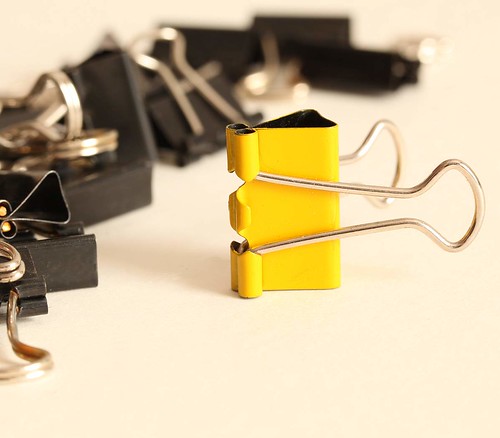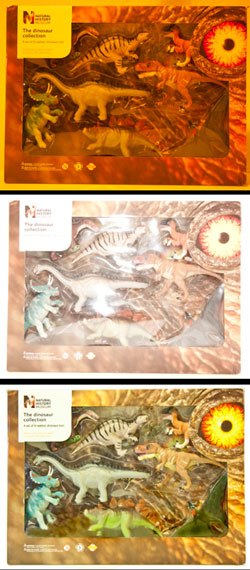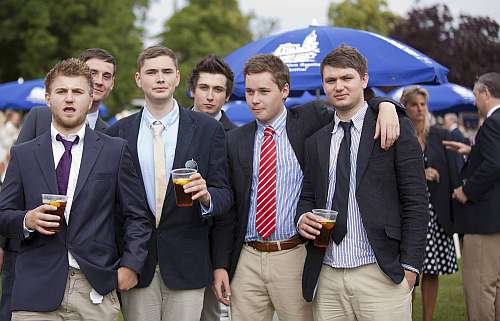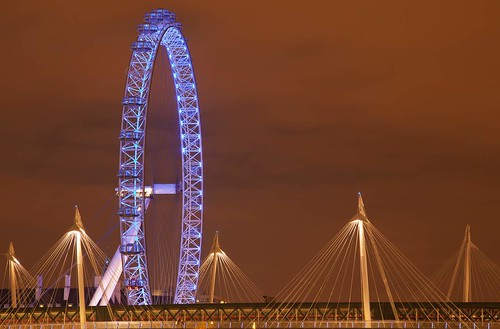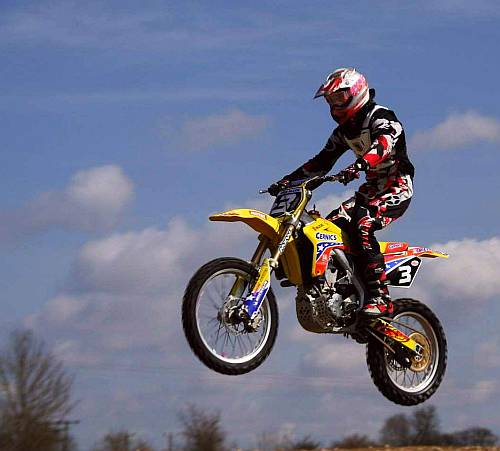
Action shots capture the eye and the imagination… you must work to give the viewer something to think about. Make them think ahead about what might happen if it all goes wrong! The excitement will capture the imagination.
Three tips to think about when taking an action shot
Action shots are fun to do and great when you pull them off. Like in any other aspect of photography, it is the preparation that creates the best shots. Here are three tips to get you prepared. We will be providing other articles to look at some of the techniques later too.
Knowing where to be
For action shots to make an impact the viewers imagination has to be fired by the photograph. They have to feel two things…
- Wow! I could never do that!
- He/she is going die (or be badly hurt)
An action shot gets people involved because the viewer is at once fascinated and repelled. So, to capture their imagination you have to be in the place that best brings out these emotions. Of course there is no one way to do this. You need to be able to spot the breath-taking points. Bring on the excitement!
Study the sport carefully. Get the magazines. Read the papers. Get to know where the great pictures are taken. Get to know the pictures themselves. The pictures taken by others are a lead for you. In particular, before an event make sure that you pick the right place to be for the best shots. Get a map of the event site. See if you can spot where to find the best jumps, the worst corners… whatever makes the shot. Try and match previous photos in magazines to the map so you know where to be. And, when buying tickets make sure you get one that gives you access to the action locations. Otherwise, your whole shoot will fail. You may have to pay more to be at an action point.
On location
The good action shot is often more about how the picture portrays the action than just the location. The first thing you should do is scout out the location. Often an early arrival will help a lot. You will have less crowds and can pick your spot. Believe me this is important. Getting challenging and thrilling shots is impossible if you have to do everything over the heads of the crowd in front of you.
Chosen your place? Now see what sort of shots you can get. Remember, the essence of good action shots is in the fear. Fast, off-the-ground, dust, up-side-down, vertical… look for the fear factor, then make it look worse. From your chosen point you need to be able to get under it, get behind it, be in front of it. You need to face the danger with your picture. I obviously don’t mean get injured. You need to have your lens positioned to capture the decisive action. Bring out the defiance of the moment. Try angles from above, from below, on the side, from the front, from the back… all views possible.
Capturing the moment
Work the action. Often, especially at events, you will need to take the same shot time and time again. Each time you will be hoping to capture the right attitude, angle, height etc. The frustration will be a low hit rate. I have frequently been to events and taken over 1000 action shots during the day. I may be lucky to get 30 good keepers. When the action is fast, uncontrollable, and action packed, it is difficult to control what you are capturing at the exact moment you press the button. So you need to try and try again. Practice will pay off.
More after the jump…
The best way to get started is to freeze the action. Here are a few things to help you…
- Use Shutter priority and set your shutter speed to fast. 1/320th second upwards for body sports; 1/500th sec for fast action sports; maybe as high as 1/1250ths second for high speed motor sport. The timing is relative. Be prepared to try it out and check what works later by reading the EXIF data on the computer. Then you can analyze the shot for use in the next event.
- Pre-focus and pre-position on the point where you want to catch the action. Set your focus up in advance and have the auto-focus off so you just click and catch when the action fills the frame. Then, hold your position until the shot comes together and CLICK.
- For each shot know what you are trying to capture. If you have seen a rally car take a corner six times look for the best vantage. Then capture that one. Once you have captured it a few times look for another vantage point. Don’t just blindly fire off shots. Watch for the action and quite deliberately go for that shot and nothing else until you think you have it right.
Frozen action shots are exciting and fun. However, it takes time with any skill to get the best results. So don’t be afraid to keep practicing.
Getting Started With Action Shots – (Action shots Part 1)
Space To Move Into… Action Needs Space – (Action shots Part 2)
The Danger in Action Shots – (Action shots Part 3)
Action Panning Shots with Motion Blur – (Action shots Part 4)
Practicing and Improving your Panning (Action shots Part 5)
Panning With Motion… seek Compelling Backgrounds (Action shots Pt. 6)
Composition – resources pages
EXIF data


